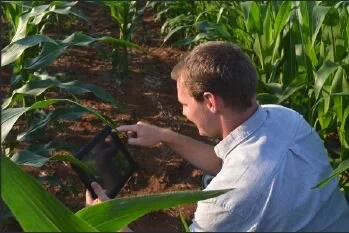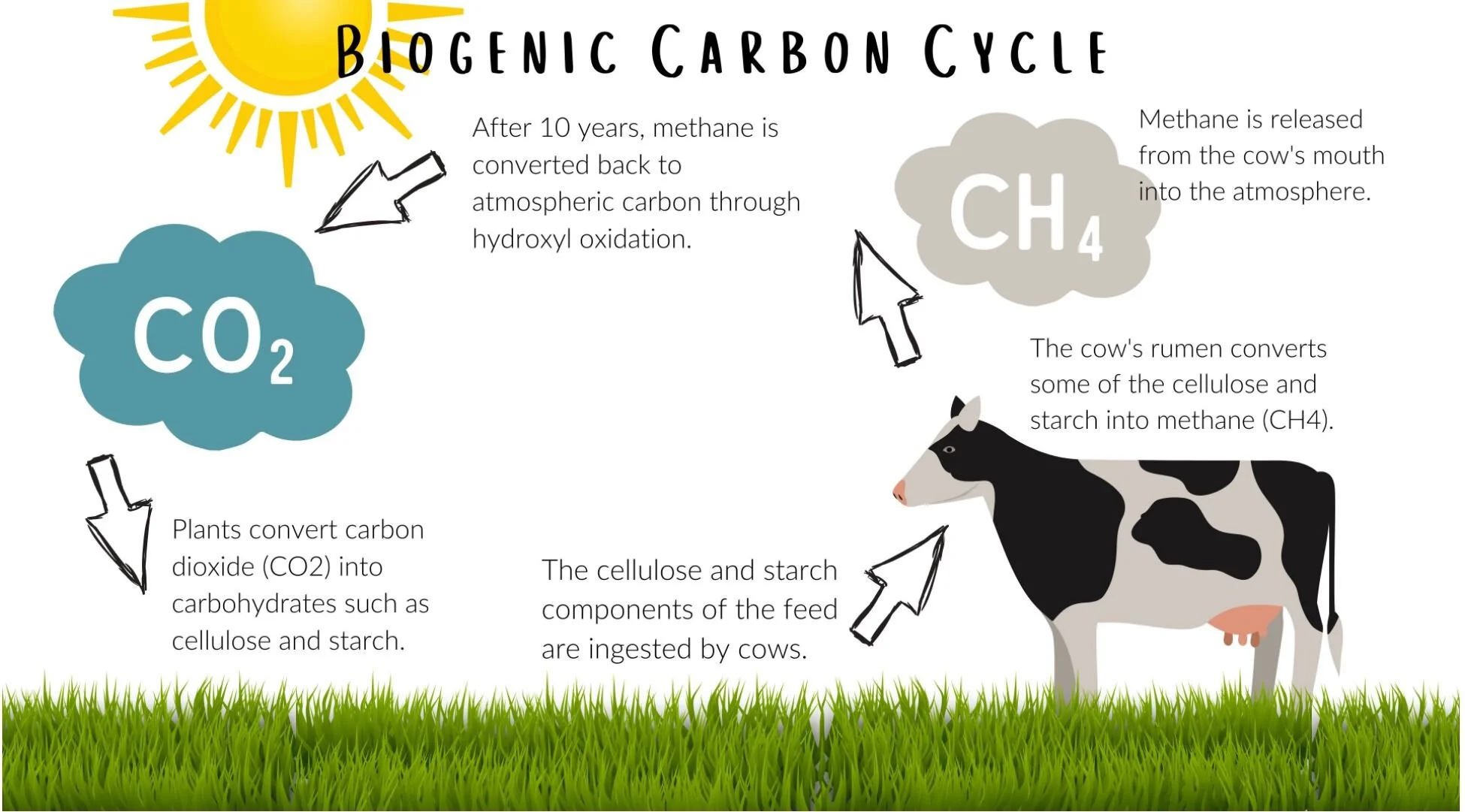Wheat is grown in Kentucky for its grain and as a cover crop to protect the soil in winter.
Read MoreJoin Kylie as she visits Sisk Farms in Hopkinsville to learn about corn. Kylie also talked with Dr. Chad Lee, an agronomist, with the University of Kentucky.
Read MoreJoin Kylie as she visits with farmer Barry Alexander, of Cundiff Farms in Cadiz, Kentucky to learn about soybeans.
Read MoreFind lesson plans and information on the Soybean Science Kit from Kentucky Soybean Board.
Read MoreThe soybean is a seed crop that is high in protein and oil and a member of the pea family (also called legumes).
Read MoreThe Dairy Alliance works with school nutrition professionals throughout the Southeast to promote dairy nutrition, enhance school menu options, address food insecurity, and promote physical activity.
Read MoreThe Mobile Dairy Classroom is part of a dynamic educational program sponsored by Southland Dairy Farmers. The 32-foot classroom feature a fully operational milking parlor and carries a live cow to schools, fairs, and festivals.
Read MoreView these lessons from the Kentucky Corn Growers Association and other corn promotion programs.
Read MoreCreate a corn starch based plastic material or try some other fun corn creations using corn starch.
Read MoreRead all about corn, the leading crop grown in America and a top crop in Kentucky.
Read MoreView profiles of people who work in Kentucky agriculture, or trained in Kentucky for their career.
Read MoreThis fun activity helps students learn who is responsible for getting milk from the cow to the glass. It also teaches interdependence.
Read MoreSettlers first brought cattle to Kentucky in 1775, with aid from famed explorer Daniel Boone. Since that time, cattle farming has played an important role in Kentucky’s agricultural economy. In fact, Kentucky farmers raise more beef cattle than any other state east of the Mississippi River!
Read MoreStudents will explain the importance of the beef cattle industry, including the products cattle produce, the production process from farm to plate, and how cattle can utilize and obtain energy from grass and other forage.
Read MoreKentucky kids visit a beef cattle farm and have many questions. Kentucky has the largest number of beef cattle east of the Mississippi River due to the high quality grasses and forages that grow here. Most all Kentucky beef cattle spend the majority of their lives on pasture.
Read MoreGRADES: 3+ Cash Cow takes students on a journey of caring for a herd of beef cattle in hopes they will maximize their profits at the end of the game. Sponsored by the Kentucky Cattlemen's Association and Kentucky Beef Council.
Read MoreLearn about agriculture and farming in your community by choosing the county where you live.
Read MoreIn this lesson, students will follow the farm to fork process of producing beef, learn how cattle and other ruminants convert grass into nutrient-rich foods such as milk and meat, discover ways cattle recycle food waste, and identify careers in the beef cattle industry.
Read MoreStudents will explore the carbon cycle and evaluate the carbon footprint of cattle. Using critical thinking skills, students will use the Claim, Evidence, and Reasoning model to determine the effect of cows’ methane production on the environment and investigate the extent cattle contribute to climate change.
Read MoreStudents will compare the components of beef and plant-based burgers by determining the production and processing methods of each product; evaluate the ingredients and nutritional differences between beef and plant-based products; and discuss different points of view in the agricultural industry concerning plant-based proteins and traditional beef.
Read More




















